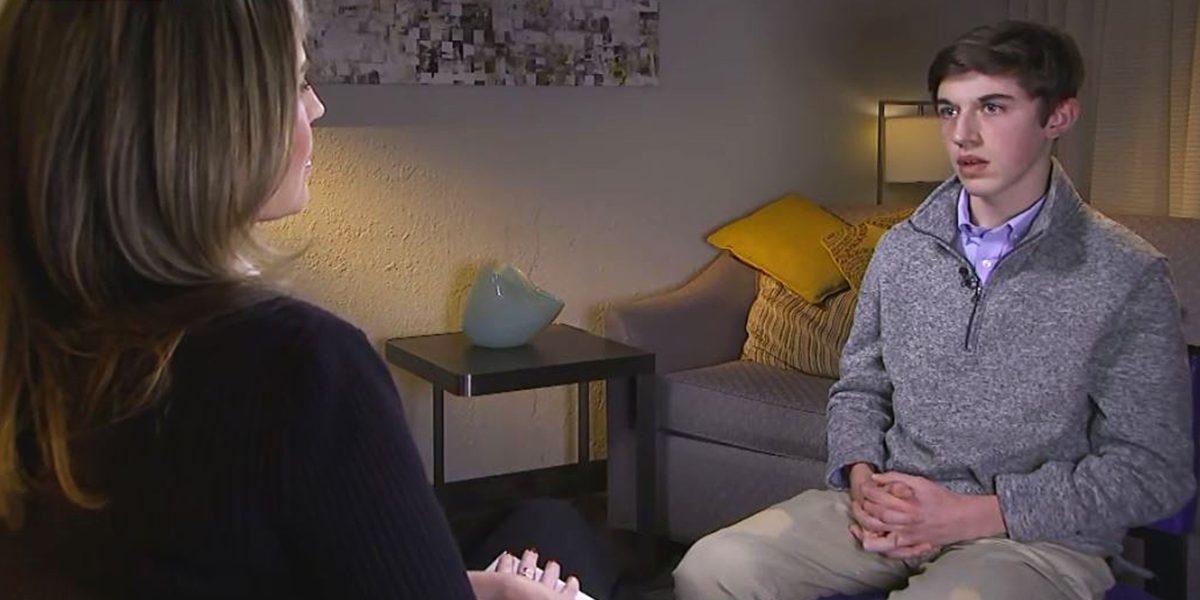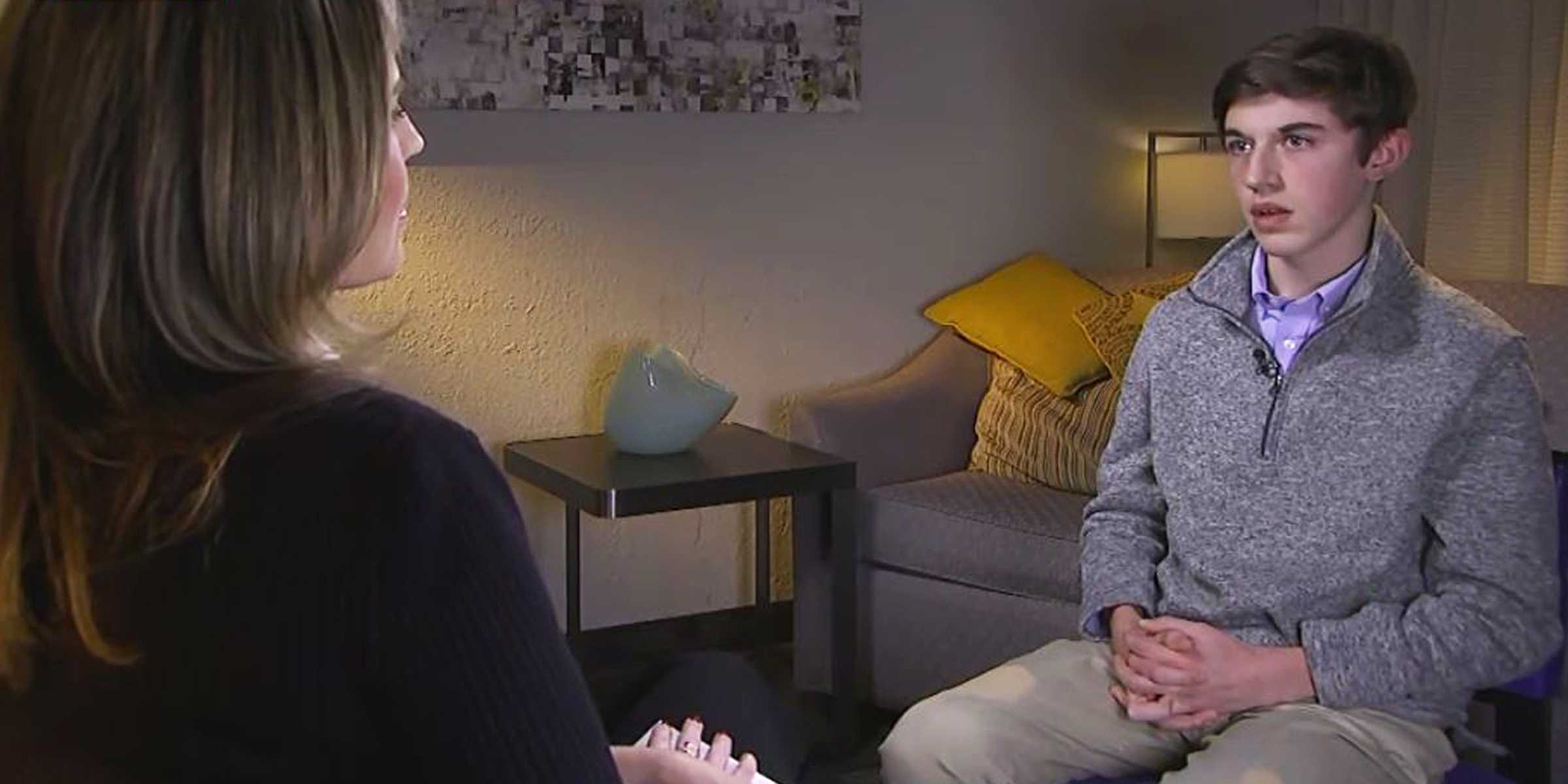“Today” Show host Savannah Guthrie sat down for an interview with controversial subject Nick Sandmann last Wednesday.
The Lincoln Memorial: a stout symbol of unity, integrity and perseverance, the historic site of Martin Luther King Junior’s “I Have a Dream” speech, and now witness to a feverish faceoff that went viral amid MLK Day.
On January 18, the afternoon was winding down for students of Covington Catholic High School, or so they thought.
The private boys’ school, located in Park Hills, Kentucky, bussed its students to Washington D.C. to partake in the March for Life rally on Capitol Hill. A large sum of the students then finished their day with a visit to the nearby Lincoln Memorial.
A small group of Native Americans were simultaneously participating in the Indigenous People’s March by the steps of the memorial, and within an hour of the memorial visit, other demonstrations, namely of the Black Hebrew Israelite religious group, quickly transformed restless banter with the high school teens into menacing racial slurs.
While the exchange was captured on video, the role of the religious group to initially incite the hoard of MAGA hat-wearing students did not surface until later.
Rather, another condensed video recorded by an Indigenous March attendee, Kaya Taitano, rapidly captivated social media users. The viral video depicts the large group of Covington Catholic students, led by high school junior Nick Sandmann, seemingly taunting and coming face-to-face with 64-year-old Native American and Omaha elder, Nathan Phillips.
The video, captioned, “This MAGA loser gleefully bothering a Native American protester at the Indigenous People’s March,” reeled in 2.5 million views and 14,400 retweets, according to findings by CNN Business of the since-deleted tweet.
In less than 24 hours, Covington Catholic High School and its Diocese released a joint statement in apology to Phillips, asserting the potentiality of student consequence — up to expulsion — upon investigation into the incident.
In his own separate statement funneled by Louisville-based, family-contracted public relations firm RunSwitch PR, Sandmann asserts, “By remaining motionless and calm, I was helping to diffuse the situation,” adding, in reference to the confrontation with Phillips, “I was not intentionally making faces at the protestor. I did smile at one point because I wanted him to know that I was not going to become angry, intimidated or provoked into a larger confrontation.”
Due to a slew of death threats to Covington Catholic High School in the ensuing week, assemblages of police cars lined Dixie Highway to block access to the school during its two-day campus closure. It has since re-opened under police protection as of last Wednesday.
Later, hour-long videos of the ordeal from multiple perspectives, including that of one rowdy Black Hebrew Israelite, revealed an alternative understanding of the altercation.
Within the first 30 minutes, the video exhibits shrieks and insults catapulted by the Black Hebrew Israelite group towards a large crowd on the steps. Shortly thereafter, one member is heard calling students, “A bunch of babies made out of incest.”
Phillips attempts to get between the students and Israelite members is roughly an hour into the video.
In an interview with the Detroit Free Press, Phillips, noting his efforts in watering down the fiery situation, clarified, “Some members of the Black Hebrew Israelite group were saying some harsh things,” he said. “I had put myself in between that, between a rock and hard place.”
In the midst of the exchange, Phillips’ perception of the situation, what he refers to later as embracing “a choice of right or wrong,” should serve as a lightning rod in piercing through political and ideological differences we face as people — especially when amplified in hostile, conflicting display.




































